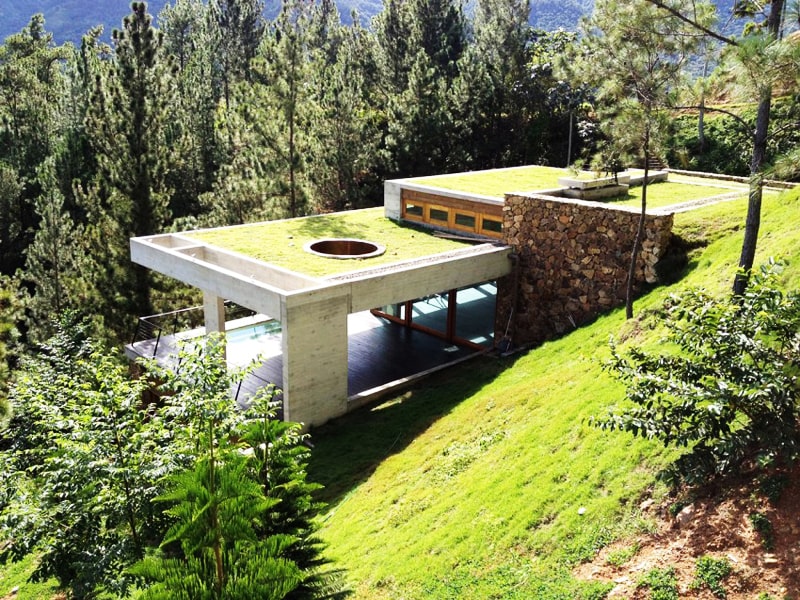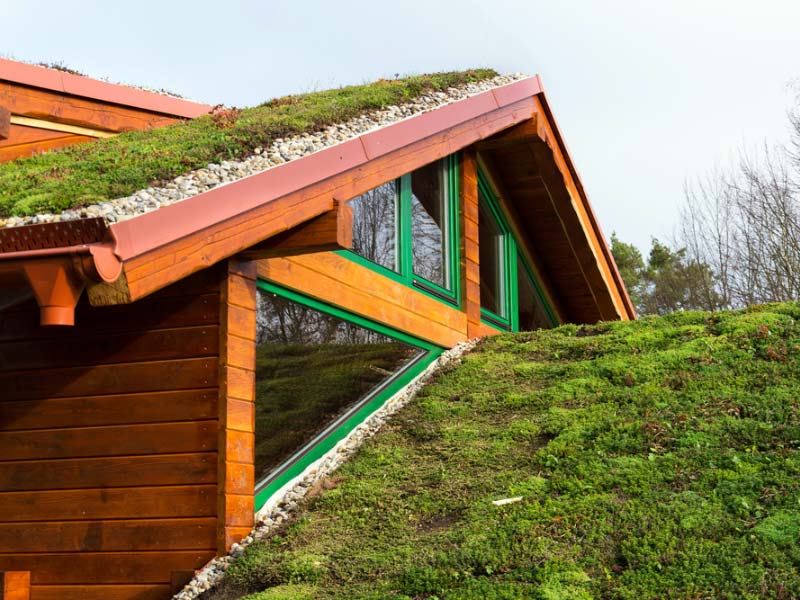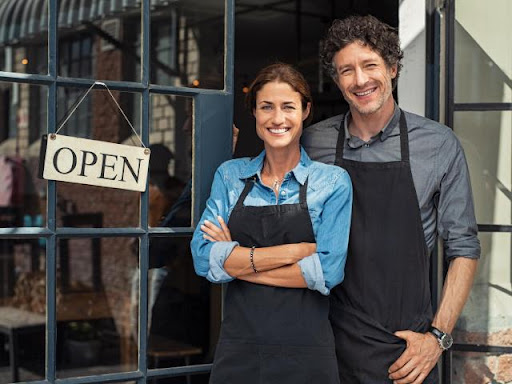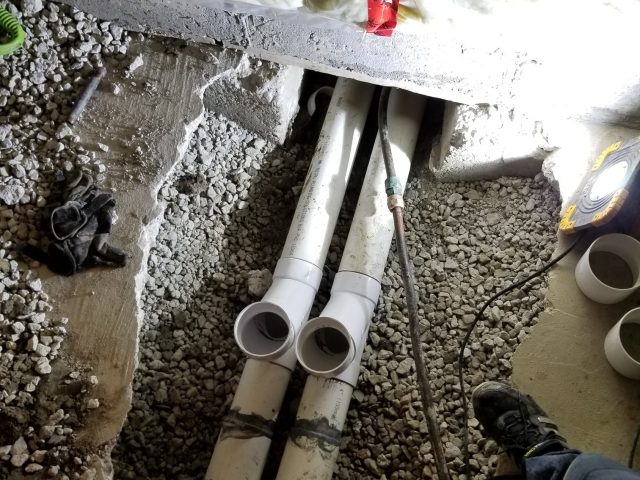Green roof or green cover
Did you know the oldest green roof dates back to 500 B.C.? However, what we know today as the green roof differs substantially from older versions. And so it is due to the development of technology.
Most popular in Europe since the 1960s, it is now being used extensively in the United States. In this Roofing Compare article you will discover why and much more. Participate with your comments and share on social networks.
What is a green cover?
A green roof is a system that added to the roof of a building allows vegetation to grow. Depending on the green roof that is installed, the plants can be modular or have drainage layers. However, any green roof shares common characteristics: waterproofing and root repellent, to keep the structure safe and prevent damage.
Different types of green roof
There are basically two types of green roof: intensive and extensive. Both are differentiated by the amount of vegetation used (substrate thickness, density and size of vegetation). While an extensive green roof can support up to 122 kg/m² (25 lb/ft²), an intensive green roof can contain up to 732 kg/m² (150 lb/ft²).
Intensive and extensive roof maintenance
Another differentiating factor between the two types of roofs is the amount of work required for their maintenance. An intensive green roof, as the name suggests, takes much more work in terms of managing the different types of plants separately and maintenance.
It is a fully-fledged garden. On the other hand, an extensive green roof is allowed to grow naturally without restrictions. They are self-managed as in nature itself. Therefore they only require weeding and fertilizing every year.
Enjoy the roof for a walk
For private owners, an intensive green roof allows you to choose the vegetation with style and aesthetics in mind. An extensive green roof, on the other hand, is only designed for maintenance once a year. A green roof is more “wild”. It is not designed so that you can walk through it enjoying the vegetation.
Both types of roof require a layering system, which sets a benchmark for maintenance personnel. It consists of the use of different types of soils, mats and other materials that retain nutrients while expelling waste by-products.
Through this system of layers, a soil profile is reproduced that favors the drainage process, allowing the liquid to filter safely while at the same time nourishing the plants.
Comprehensive roofing
Recent studies and advances have resulted in a new form of green roof known as comprehensive roofing. This format can support a wide variety of plants, normally used in intensive roofs, while allowing a greater amount of vegetation as extensive roofs.
Benefits of installing a green roof
There are a variety of reasons to install a green roof, both for the welfare of the community and the improvement of the home.

Community Benefits
- Installing a green roof reduces the need to manage accumulated rainwater as well as stress on municipal sewer systems.
- In urban areas the inclusion of green roofs reduces the heat conducted by buildings, covering many of the surfaces that would generate the most heat.
- Vegetation prevents the distribution of pollution and dust and captures pollutants found in the air.
- A green roof can be used as a public space, garden or recreational area to be enjoyed by the community.
- Due to the amount of work and economic cost of installing a green roof, its use by the community generates new jobs and therefore higher incomes for local businesses.
Personal benefits for a homeowner, whether in the city or in a rural setting, for installing a green roof
The amount of noise entering the home is reduced as the green roof creates a natural noise barrier.
- As the roof is covered with plants, the surface area of the roof exposed to deterioration is limited. This allows the roof to last much longer than if it were not protected.
- A green roof reduces the amount of energy needed to heat the home, saving money.
- A green roof increases fire resistance by protecting the home.
- A green roof uses waste products that would otherwise end up in the landfill. It also extends the life of other household appliances such as air conditioning. A green roof reduces the amount of waste generated in a home.
- Incorporating a green roof into a home increases its value by improving its energy performance and improving its aesthetics.
Inconveniences of installing a green roof
While a green roof can benefit the community and its owner personally, on the other hand it can be an expensive process that can cause some unforeseen expenses:
- Green roof insurance is important. This is due to the potential for unforeseen droughts or storms. Therefore its economic cost is high.
- The weight of a green roof can create liability problems if the pressure of the roof due to its weight causes its collapse.
- Any damage that the plants can produce in the building. For example, the roots of plants that grow, resulting in expensive repairs.
The development of green roofs
The first large green roof was developed a long time ago, and the oldest example recorded is the Hanging Gardens of Babylon, dating from 500 BC.
The current way of building a green roof however developed in Germany during the 1960s, creating a stratification system. Although this practice is quite common in Europe, it is now beginning to gain popularity in the United States.




